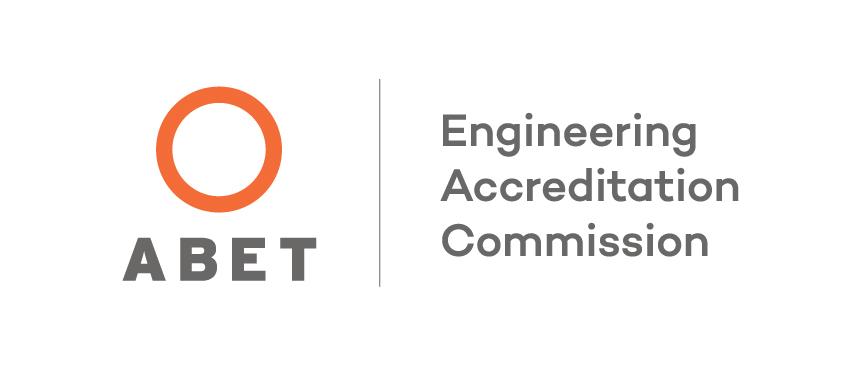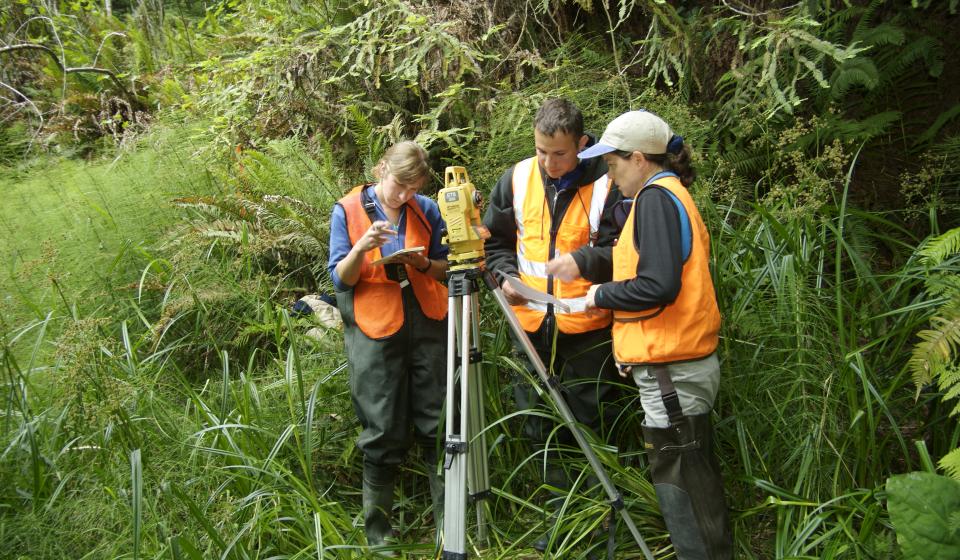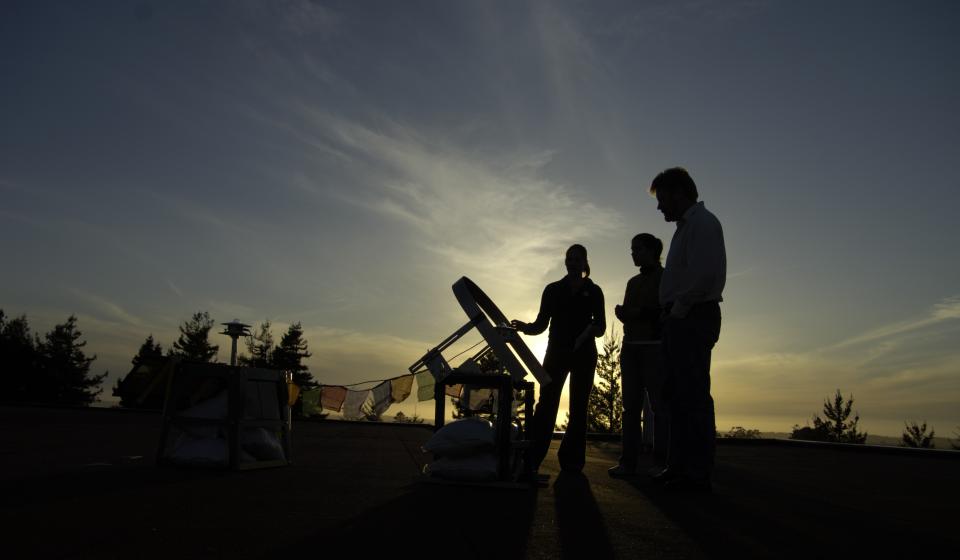Apogee Pyranometer
A pyranometer is an instrument used to measure the amount of solar radiation (power) the sun produces in a specific location.
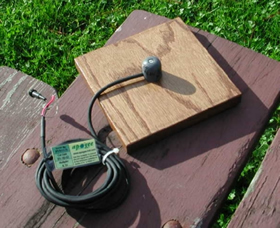
Apogee Pyranometer Sensor
Description:
These devices are compact and easy to use for surveying solar radiation anywhere. Pyranometers are typically used in conjunction with a multimeter in order for a reading to be obtained.
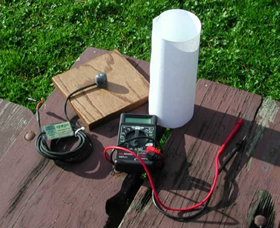
Pyranometer with multimeter.
Application:
The ability to measure the intensity of solar radiation for a certain area can be used to: design photovoltaic systems (solar panels), establish greenhouse locations, predict insulation requirements (for structures),etc. Essentially a pyranometer can be used whenever solar intensity data is required.
Operations:
The three types of solar radiation are measured:
- Direct
- Diffuse horizontal
- Global horizontal
Direct and diffuse radiation measurements combined should add up to the global horizontal measurement (total radiation). The pictures below refer to the typical set up of styles measuring these three components of solar intensity. A pyranometers output is in millivolts and each instrument is calibrated to measure the power emitted by the sun in Watts/meter². Each pyranometer is calibrated and a specific calibration constant (numerical value) is given to accurately calculate the output in watts. With this in mind a multimeter (set to 300Mv) is connected to the pyranometer and the reading is multiplied by the calibration value to give a final value in watts/m². Most solar panel designers assume a maximum average of 1000watts/m² can be obtained anywhere on the planet.

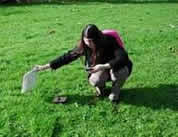
Global horizontal reading | Diffuse horizontal reading

Direct reading
Specifications:
ACCURACY: ±2.0%
OPERATING ENVIRONMENT: -40 to 55 °C; 0 to 100% relative humidity, outdoor use, submersible.
OUTPUT: 0.25 mV per W m-2 (calibration provided).
RANGE: 0 to 2000 W m-2 (full sunlight =1000 W m-2)
POWER: Self powered
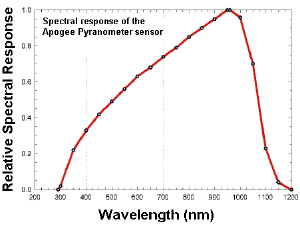
How to Apply
So environmental resources engineering sounds interesting, but you are still not sure if Humboldt is right for you? Explore what Humboldt has to offer to both freshman and transfer students.
Paperwork
For paperwork and forms such as major and minor contracts, course planning guides, semester schedules, course rotations, office hours and more, visit our forms page!








